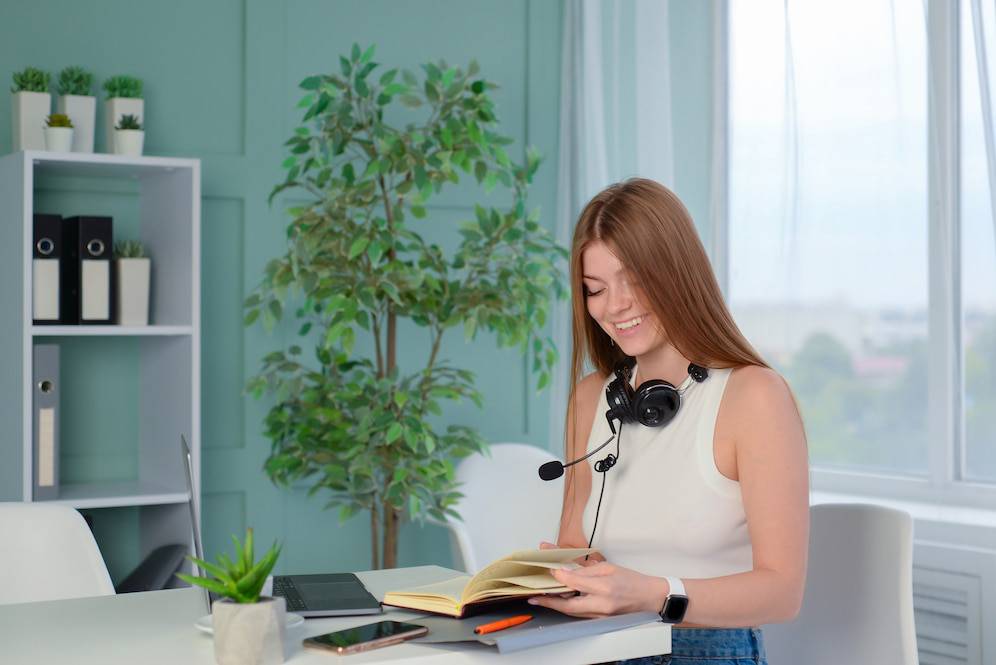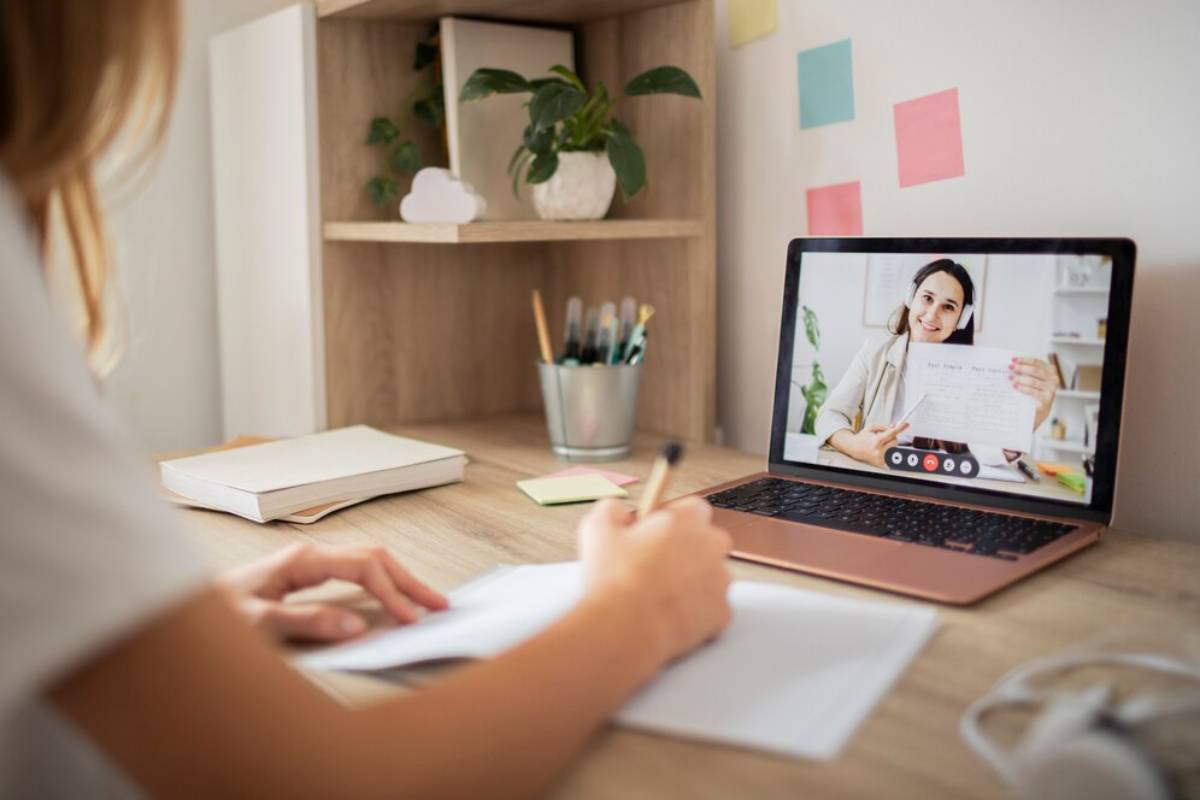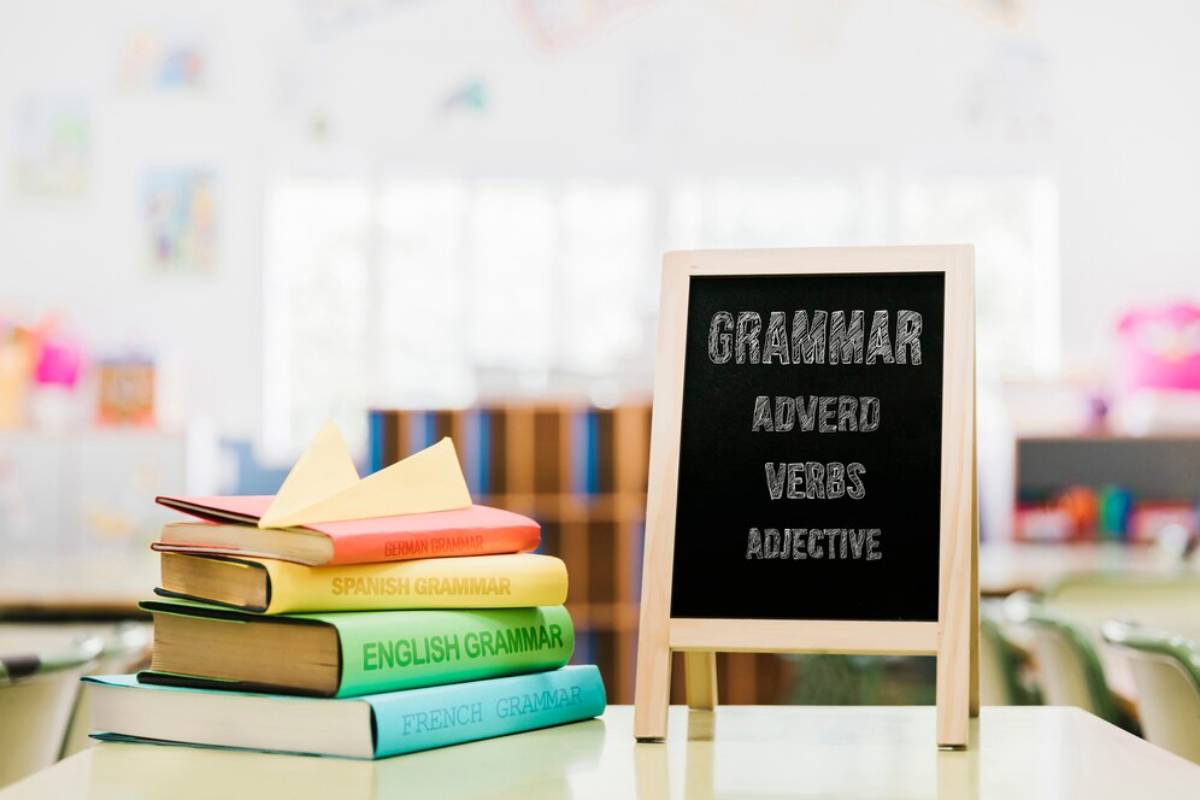
How to Practice Speaking a New Language Without a Partner
You’re learning a new language and want to start speaking, but you don’t have a tutor or conversation partner. Sound familiar?
The good news? You can still make excellent progress on your own.
With the right techniques, solo speaking practice helps you gain confidence, build fluency, and improve pronunciation—without ever needing someone else in the room.
This guide will walk you through effective language self-conversation techniques and easy speaking drills alone to keep your learning active and your speech skills sharp.
Why Solo Speaking Practice Works
Many learners think speaking practice only counts when another person is involved. But here’s the truth: You don’t need a partner to develop speaking skills.
When you practise aloud by yourself, you still get:
- Muscle memory for pronunciation
- Improved word recall under pressure
- Better rhythm, tone, and flow
- A safe space to make mistakes and fix them
Studies show that speaking out loud—even to yourself—activates the same areas of the brain used in conversation.
Pro tip: You don’t need to wait to feel “ready.” Speaking early accelerates fluency.
Quick Guide: How to Practise Speaking Without a Partner

Here’s a snapshot of the best ways to practise speaking solo:
- Use daily prompts to start self-conversations
- Record yourself and listen back
- Shadow native speakers from videos or audio
- Practice common phrases aloud daily
- Narrate your day using simple sentences
- Use speech-to-text tools to test pronunciation
- Talk to yourself in front of a mirror
- Imitate conversations from movies or shows
- Time yourself on short speaking challenges
- Keep a daily spoken journal or voice diary
Step-by-Step Guide: How to Practise Speaking a New Language Without a Partner
1. Use Daily Speaking Prompts
Prompts help you focus your thoughts and practise real-life topics.
Examples:
- “What did I do today?”
- “What are my goals for this week?”
- “Describe your favourite meal and how to make it.”
- “What would you pack for a weekend trip?”
Say your answers out loud. If you’re a beginner, even one or two sentences is a win.
2. Record Yourself Speaking
This is one of the most powerful solo tools you can use.
Benefits:
- Builds comfort with your voice in the target language
- Reveals grammar gaps and filler words
- Shows improvement over time
Use a voice memo app or tools like Audacity. Play your recordings back. Make notes. Try again.
3. Practice Shadowing Native Speakers
Shadowing means repeating what a native speaker says as closely and quickly as possible.
How to do it:
- Pick a short video or podcast (30–60 seconds)
- Play a sentence
- Repeat it immediately—matching tone, rhythm, and speed
- Rewind and repeat until it feels natural
Start slow. Gradually build up speed and complexity. Shadowing Technique: Sound Like a Native Speaker Fast is a great starting guide.
4. Narrate Your Daily Routine
Use simple sentences to describe what you’re doing.
Example:
- “I am brushing my teeth.”
- “Now I will make coffee.”
- “I’m checking my emails.”
This is low-pressure, but highly effective. It builds word recall, sentence structure, and confidence—all in real time.
5. Use Speech-to-Text Tools
Apps like Google Translate or voice assistants (Siri, Alexa) can help you check your pronunciation.
Say a word or phrase into the mic. See if the app recognises it correctly. If not, adjust your pronunciation and try again.
This offers quick feedback, even without a human listener.
6. Keep a Voice Diary
At the end of each day, record a short audio journal in your target language.
You might say:
- “Today I went to the market.”
- “I learned three new words.”
- “I felt frustrated with grammar, but I kept going.”
Over time, your recordings become a record of progress. You’ll hear fluency building month by month.
7. Practice Sentence Expansion
Take a simple idea and grow it.
Start with: “I like music.”
Now add details: “I like music because it relaxes me.” “I like music when I study.” “My favourite type of music is jazz.”
This builds speaking endurance and vocabulary.
8. Repeat Key Phrases Daily
Choose 10–15 practical phrases that you use in daily conversation.
Examples:
- “How much does it cost?”
- “I don’t understand—can you repeat that?”
- “Where is the train station?”
- “Can I have a coffee, please?”
Say them aloud every day. Speed and clarity will improve naturally.
For more structured practice, pair this with Building a Daily Language Habit in 15 Minutes.
9. Use a Mirror to Improve Expression
Practising in front of a mirror helps you:
- Improve confidence
- Check facial expressions
- Train mouth movements for pronunciation
Pretend you’re speaking to someone else. Smile. React. It makes solo practice feel more like real interaction.
10. Imitate Scenes from Shows or Movies
Pick short, expressive dialogues from films or series.
Steps:
- Watch the scene with subtitles.
- Pause after each line.
- Mimic tone, rhythm, and energy.
- Practice until it feels natural.
This improves real-world fluency, especially with casual speech.
Best Practices for Success Without a Partner

- Use a checklist. Track your daily speaking tasks.
- Speak right after learning new words. It boosts retention.
- Combine solo practice with real input. Native videos, podcasts, or music keep you immersed.
- Set weekly speaking goals. “3 minutes per day” or “One full paragraph out loud.”
- Review your recordings monthly. Notice how much you’ve improved.
FAQs
1. Can I really improve my speaking without a partner?
Yes. Many fluent speakers started solo. With the right techniques, self-practice is highly effective.
2. How long should I practise speaking each day?
Even 10–15 minutes a day adds up. Aim for short, regular sessions.
3. What if I feel silly speaking alone?
That’s normal. The feeling fades as your fluency grows. And no one’s listening—it’s just you.
4. Do I still need a tutor later?
It can help, but it isn’t required. Many learners reach a conversational level solo before adding tutors.
Speaking Fluently Starts with Speaking Frequently

You don’t need a partner to build strong language skills. You need a plan, the right tools, and the willingness to speak—even when no one is around.
By using solo speaking practice, mastering language self-conversation, and applying these speaking drills alone, you’ll grow faster than you imagined.


